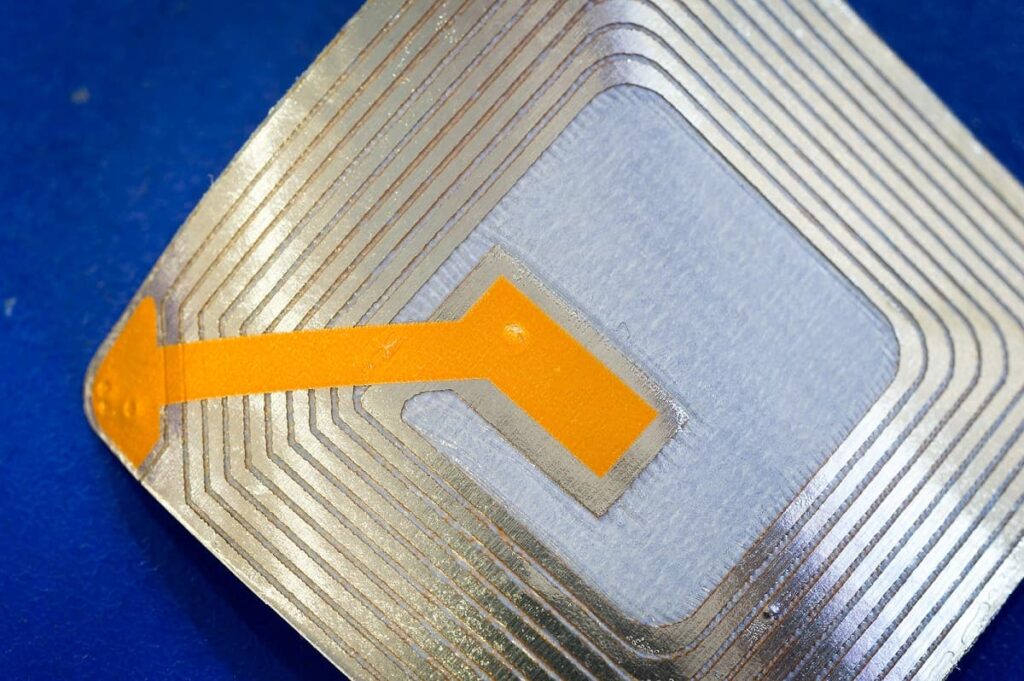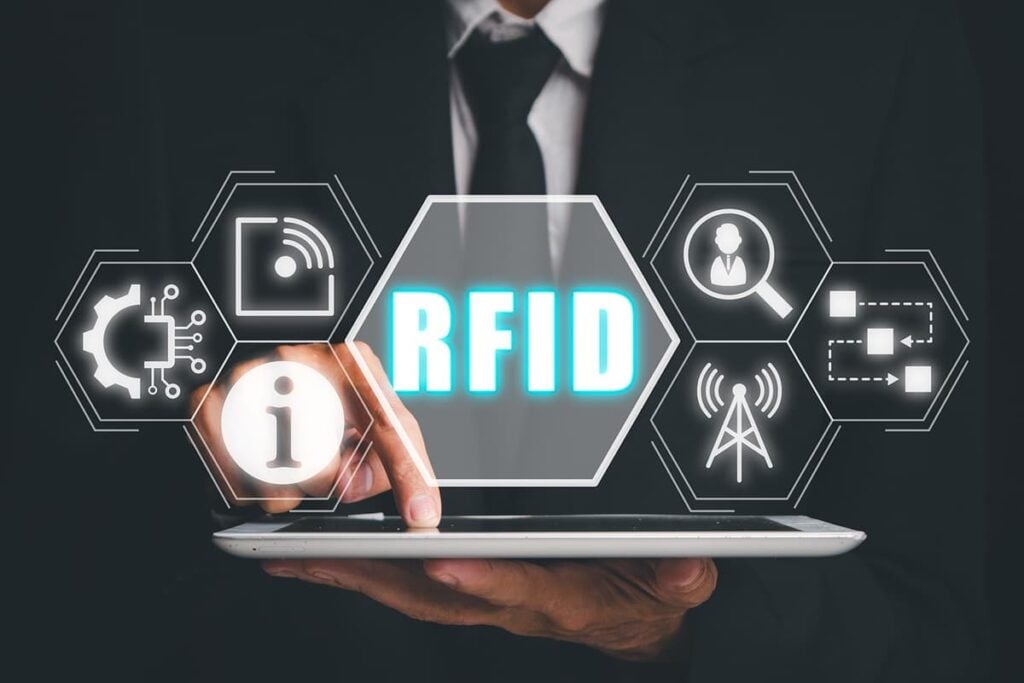Is Impinj Stock a Buy at Today’s Prices?
Table of contents

Deciding which tech stocks to invest in can be overwhelming. That’s why we categorize every stock we write about into one of three buckets – love, like, and avoid. If we love a stock, that means we own it. If we like a stock, there’s something keeping us from buying it. Sometimes that’s price, but most of the time it’s just that we haven’t made a proper decision yet.
Last September, we wrote about Impinj (PI) in a piece titled A Pure-Play RFID Stock for IoT Investors, noting that “there’s everything to like about the RFID growth story, and even more to like about Impinj owning a full-stack RFID system.” At that time, Impinj didn’t meet our market cap threshold of $1 billion. That’s changed, so we’d like to revisit this IoT connectivity stock.
Impinj Stock Today
Impinj came across our radar again when the stock fell about -17% following Q1-2021 results which actually exceeded guidance for both revenues and earnings. During their earnings call, Impinj talked about how The Rona has had a significant impact on their business. For example, some of their manufacturers in Malaysia closed for three full weeks and still haven’t returned to full capacity. They’re also experiencing challenges shipping products due to reduced transport capacity and increased costs. In the near term, they expect end-user demand for endpoint ICs and systems to further decline. In other words, the headwinds they’re facing are only temporary, which means this presents a buying opportunity. With a market cap of $1.2 billion, Impinj now meets our minimum market cap criteria of $1 billion. We also need to address the red flag we raised in our last piece – Impinj’s intellectual property battle with NXP.
We’ve always viewed lawsuits as a bad thing, but have started to reexamine that thesis a bit based on reader feedback. Some suggest lawsuits are bullish because they demonstrate that there’s a large chunk of pie to be captured. Whether lawsuits are good or bad, their existence increases volatility which increases risk. We’re in no position to say what the outcome of the NXP/Impinj legal tussle will be, so we just need to accept this as company-specific risk and move on to look at other risk factors such as Avery Dennison (AVY).
Impinj and Avery Dennison
Our first concern about Avery Dennison arose when we saw they account for around one-third of Impinj’s revenues. When a customer represents more than 10% of revenues, that’s a risk for several reasons. It means that customer has a lot of leverage in the relationship, especially when they’re 16X your size. There’s also the potential loss of revenues all in one go. If Avery Dennison decides to start supplying their own tags, Impinj could take a huge hit with revenues declining by up to one-third. Some recent news raises eyebrows.
We talked before about the RAIN alliance which was co-founded by Impinj, Google, Intel, and Smartrac, a company that produces “RFID inlays and tags for biometric passports, bank cards, driving licenses and contactless smart cards,” according to Wikipedia. In March 2020, Avery Dennison acquired Smartrac’s RFID inlay segment. An article by Packaging Gateway said Avery paid $270 million for the division which had estimated global revenues of approximately $150 million and 900 employees.
Since Impinj never listed Smartrac as a competitor, we’ll assume that the two companies address different use cases. Still, this shows that Avery Dennison is looking to increase their smart packaging capabilities which – following the acquisition of Smartrac – now represent a $450 million a year business. (Impinj did about $139 million in revenues for 2020.) Just months after the acquisition of Smartrac, Avery Dennison announced their fifth RFID manufacturing facility would be opened in Brazil with operations commencing this year. There are several ways to look at this.
The Bullish Case
Avery Dennison probably doesn’t like having sole suppliers because that represents too much external risk they can’t control. Yet the $45 million in business they did with Impinj probably isn’t a big deal when you consider Avery does about $7 billion in revenues a year. The bullish case might be that Avery steps in and eventually acquires Impinj which would be a one-time event. Just look at how Avery has portrayed their RFID ecosystem with a clear gap that could be filled by Impinj’s readers.

This is pure speculation, and therefore doesn’t influence our decision. We’re more interested in exponential growth that takes a decade or more to mature – like a bottle of Sassicaia.
The Bearish Case
The bearish case would be that Avery Dennison is ramping up to build their own RFID products that would provide an alternative to what they’re buying from Impinj. Eventually, they may start reducing their spend, which goes back to the customer concentration risk problem we mentioned earlier, where Avery accounts for around one-third of Impinj’s revenues.
Intelligent labels only make up about 7% of Avery Dennison’s current revenues ($500 million / $7 billion), but that number will only increase as the company sees this as a “high-value” category. Globally, Avery claims to have over 50% market share when it comes to RAIN RFID, a number that’s even higher in apparel where it all started.

By 2025, Avery sees intelligent labels hitting $1 billion in revenues which will come from any number of segments they’re already dabbling in.

While Avery is hardly a pure play on RFID, after reading their investor deck, you almost start to believe that they might present an attractive play on RFID. That is until you realize that an additional $500 million in RFID revenues would only comprise about 7% of the $7 billion in revenues they bring in today.
To Buy or Not to Buy
We use clickbait titles at times because that’s what people are searching for. This article’s title, “Is Impinj Stock a Buy at Today’s Prices?” refers to a current share price of around $50 per share. In the future, that price will change, so here’s a simple way to check on the valuation.
We recently began using a simple valuation metric – market cap / annualized revenues. That ratio calculated today based on Q1-2021 revenues and a market cap of $1.2 billion would be 6.6 (1.2 / 0.18). If you’re reading this article in the future, just calculate the ratio again. If the number is higher than 6.6, you’re paying more for revenues, and vice versa. To put some sort of perspective around this number, here are some additional valuation ratios.
- Avery Dennison – 2.2
- Apple – 5.9
- Alarm.com – 6.5
The smaller the number, the better the valuation, the lesser the expectation that strong revenue growth awaits in the future. With a current valuation ratio of 6.6, Impinj doesn’t appear to be richly priced at the moment.
Conclusion
There’s an old American proverb best paraphrased as “take a #2 or get off the toilet.” If we want to start accumulating Impinj, now would be a good time to start. RFID has tremendous potential as a solution for supply chain transparency, and multiple companies want in on the opportunity. However, we think there’s far too much uncertainty around the relationship between Impinj and Avery Dennison for our liking, so we’re going to pass on Impinj for now.
Sign up to our newsletter to get more of our great research delivered straight to your inbox!
Nanalyze Weekly includes useful insights written by our team of underpaid MBAs, research on new disruptive technology stocks flying under the radar, and summaries of our recent research. Always 100% free.















